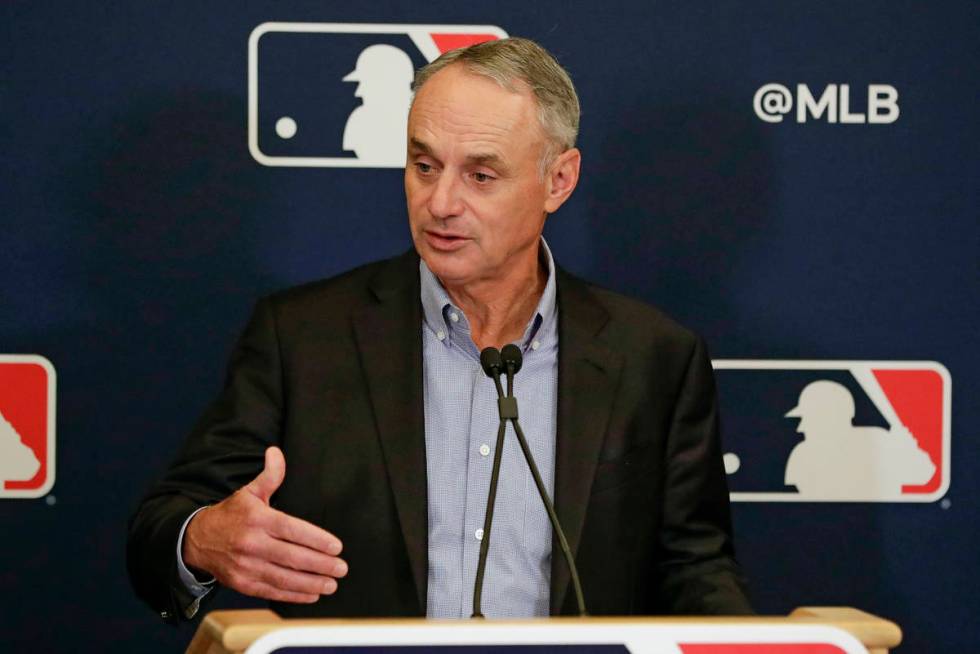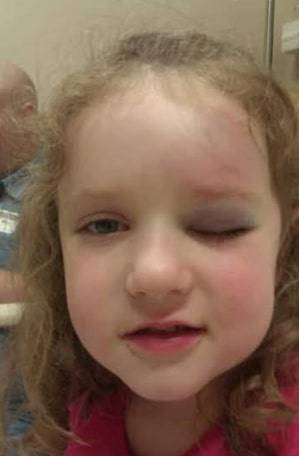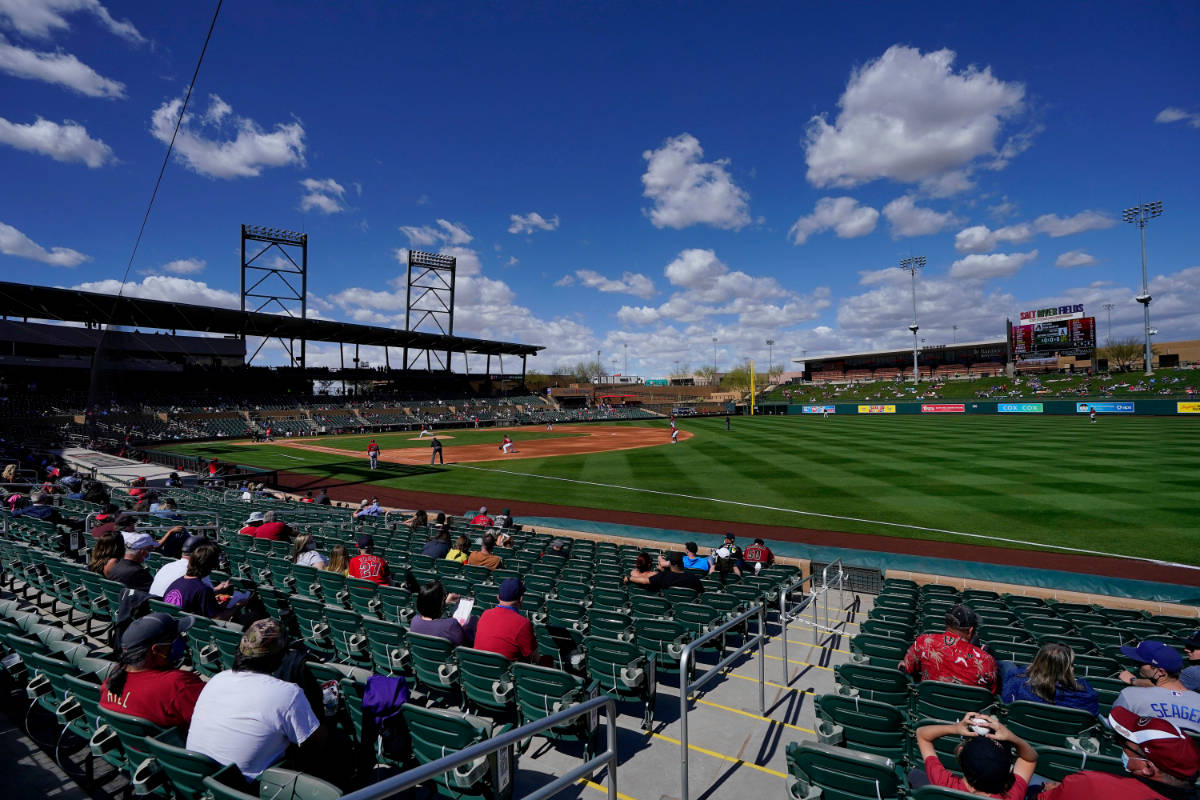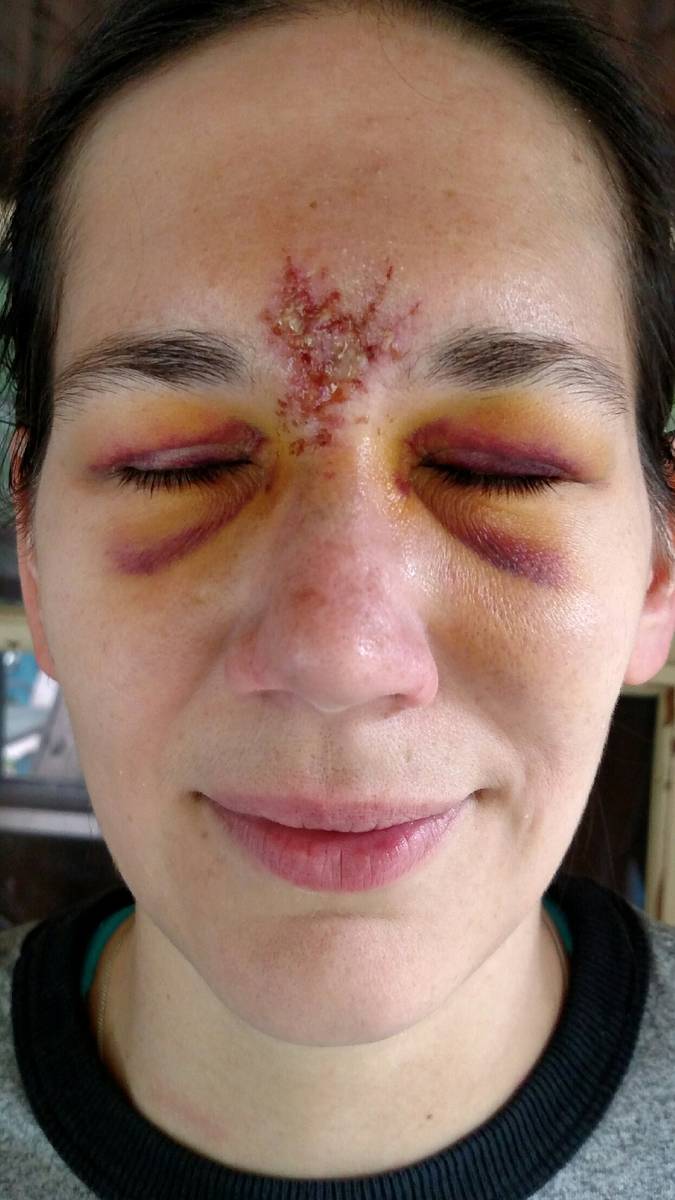Fan-safety advocate urges baseball to increase measures
Baseball fans routinely make the trip from Southern Nevada to Southern Arizona to watch spring training, giving little thought to their safety.
Major League Baseball has taken steps to better assure that line-drive fouls don’t injure fans in Arizona or Florida, putting in the same safety standards instituted for MLB stadiums during the season.
But one fan-safety advocate, New York realtor Jordan Skopp, is skeptical baseball has gone far enough. He is on a crusade for stricter measures, most notably asking that MLB create an independent body to examine procedures at each park.
“There’s no incentive for Major League Baseball to call on an independent netting council to come in and certify these buildings are safe,” said Skopp, who created the website foulballsafetynow.com. “Maybe it’s because of a few romantic owners that they just don’t want to see the nets.”

Skopp’s point that MLB’s initiatives in 2018 to extend netting to at least the end of each dugout don’t go far enough was underscored by the death of Linda Goldbloom, who was struck in the head at Dodger Stadium in 2018.
Deadspin reported that 15 fans suffered serious injuries in 2019 at games. Skopp said his own research shows 39 children were badly injured from 2008 to 2019 at major and minor league games.
“I think the epiphany is coming,” he said. “Where is this outrage?”
MLB’s response
When contacted for reaction to Skopp’s concerns, MLB provided news releases that after the 2015 season it advocated for safety measures and before the 2019 season for the extension of netting. A transcript of Commissioner Rob Manfred’s news conference at the 2019 winter meetings also was provided.
“I hope it goes without saying that the safety of our fans in the ballpark are of paramount concern both to Major League Baseball and to the individual clubs,” Manfred said. “In advance of the 2018 season, the commissioner’s office worked with the individual clubs on the issue of netting, and as a result of that effort, all 30 clubs decided to expand their netting.”

Seven teams, he said, extended netting to the foul pole, and 15 others were putting in expanded netting. Eight teams already had netting beyond the dugouts.
“It’s very difficult to extend netting all the way to the foul pole because you need to run cables over what would be inside the field of play,” Manfred said. “The data does show that the risk of foul balls is less when you get out past these elbows.”
Joe Bertoletti, who oversees sports and tourism for Surprise, Arizona, said spring training parks rely on MLB’s directives and discounted the need for an independent body.
“I think Major League Baseball provides us with the guidance because they’re the experts,” Bertoletti said.
Victims have a say
Monte Hoskey was thrilled to go with his family and friends to a Kansas City Royals game in 2011. They were seated at least 25 rows behind the third-base dugout when a foul ball came streaming toward his 4-year-old daughter, Alexis, in the bottom of the first inning.
The ball struck her above her left eye, fracturing her skull and causing bleeding around her brain.

Monte said loud noises “caused her physical pain” over the following year or so, and she experienced migraines. Alexis’ left eye was droopy for a couple of years.
Now 14, Alexis said she is fortunate. “There have been people hit with baseballs before and ended up in very worse situations than I’m in,” she said. “I can still do extracurricular activities. I still dance. I do everything.”
Monte said he wished he was more aware of what could happen and blamed the club for lack of communication.
“There were a few signs up as you entered the park,” he said. “There were no announcements made. There were no signs inside the park. There is the disclaimer with the baseball rule on the back of the ticket if you choose to pull out a magnifying glass and read it.”
Monte said he never spoke directly with the Royals since the incident.
The aftermath of being injured by a batted ball was starkly different for Stephanie Wapenski, an avid Boston Red Sox fan injured in 2015 during a game against the rival New York Yankees. Both teams gave her VIP treatment afterward, with Wapenski sitting in owner John Henry’s box seats at Fenway Park and behind home plate at Yankee Stadium.
The Red Sox also waived the approximate $10,000 venue fee for Wapenski to have her wedding in 2016 at Fenway Park, which is where she got engaged in 2014. She has watched games in 17 stadiums, including Fenway, and even keeps score.
She also established a friendship with Red Sox president Sam Kennedy, who checked on Wapenski right after she was hit in the forehead in the seventh inning while sitting down the third-base line.
“I felt like they cared about me,” Wapenski said of the Red Sox.
Though appreciative, Wapenski, 41, wants to ensure proper safety measures are in place.
“They introduced exit velocity a few years ago with a great deal of excitement,” she said. “So I believe that they know where the balls are going, and I think the responsible response is to protect those areas. It needs to be uniform, so if I am deciding to go to another park, I can feel good about which seats I’m choosing without doing extensive research.”
Contact reporter Mark Anderson at manderson@reviewjournal.com. Follow @markanderson65 on Twitter.
Arizona spring training sites
Camelback Ranch-Glendale — Chicago White Sox, Los Angeles Dodgers
Goodyear — Cincinnati Reds, Cleveland Indians
Mesa — Chicago Cubs, Oakland Athletics
Peoria —San Diego Padres, Seattle Mariners
Phoenix — Milwaukee Brewers
Scottsdale — Arizona Diamondbacks, Colorado Rockies, San Francisco Giants
Surprise — Kansas City Royals, Texas Rangers
Tempe — Los Angeles Angels
























